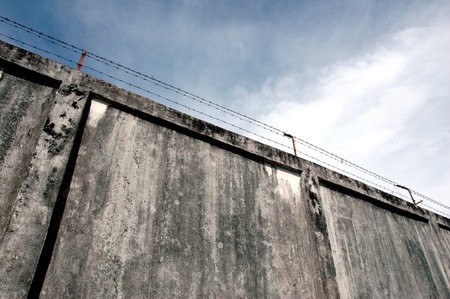The ease of purchasing and flying a simple quadcopter drone has meant a sharp upturn in their use in smuggling contraband into prisons. Incidents of items being thrown into prisons has more than doubled in the past two years.
Last spring, prison officials in Michigan found a small toy drone on the grounds of the Charles Egeler Reception and Guidance Center. While literally a toy and too small to be used for hauling contraband, officials said it most likely was used to test and probe the prison defences. After similar incidents elsewhere across the US, there is legislation under review that would make flying a drone within 1,000 feet of the perimeter of a correctional facility without permission a class 3 felony, while similar legislation has already been introduced in Michigan.
In the UK, a new national initiative will see police and prison officers share information about the technologies and methods used during these incidents.
Initial reports have suggested that £3 million would be spent on the new task force, though no details on the numbers of officers that would be involved.
There have been previous arrests made from the successful tracking down of the drone operators. In December last year, Dean Rawley-Bell was jailed for four years and eight months after using a drone to attempt to smuggle drugs and mobile phones into Manchester Prison.
Critics have called the plan a a stunt designed to distract people from the real problems in prisons. John Podmore, former head of the service’s anti-corruption unit said, "I have seen no evidence that there is a real problem with drones. I think the number of incidents last year was 33. There are some 10,000 mobile phones found every year in prisons. My question to the Prison Service would be, how many of those were found hanging from drones?” He points to staff corruption as being more significant in the issue of contraband smuggling.


.jpg)
.jpg)
.jpg)

.jpg)




